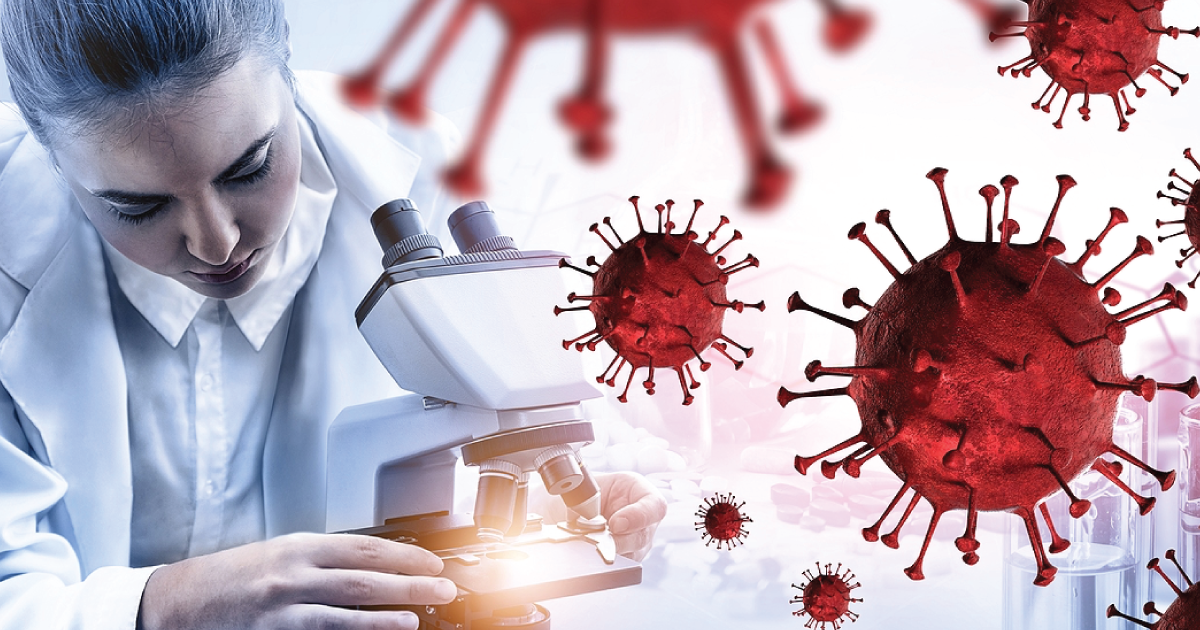
Near Misses at UNC Chapel Hill’s High-Security Lab Illustrate Risk of Accidents With Coronaviruses
The mouse infected with a lab-created type of SARS coronavirus was squirming upside down, dangling by its tail as a scientist carried it to a weighing container one day in February 2016. But the mundane task turned dangerous in seconds inside the North Carolina laboratory, which has drawn scrutiny for its partnership on similar research with China’s Wuhan Institute of Virology.
August 17, 2020 | Source: ProPublica | by Alison Young
Reports indicate UNC researchers were potentially exposed to lab-created coronaviruses in several incidents since 2015. These incidents highlight the risks even in the most secure and respected research facilities.
The mouse infected with a lab-created type of SARS coronavirus was squirming upside down, dangling by its tail as a scientist carried it to a weighing container one day in February 2016. But the mundane task turned dangerous in seconds inside the North Carolina laboratory, which has drawn scrutiny for its partnership on similar research with China’s Wuhan Institute of Virology.
In that moment, it wasn’t enough that the experiment was taking place inside a biosafety level 3 lab, the second-highest security level, which was layered in high-tech equipment designed to keep dangerous pathogens from escaping. Or that the scientist was covered head-to-toe in gear to protect against infection: a full-body Tyvek suit, boot covers and double gloves, plus a powered air-purifying respirator.
